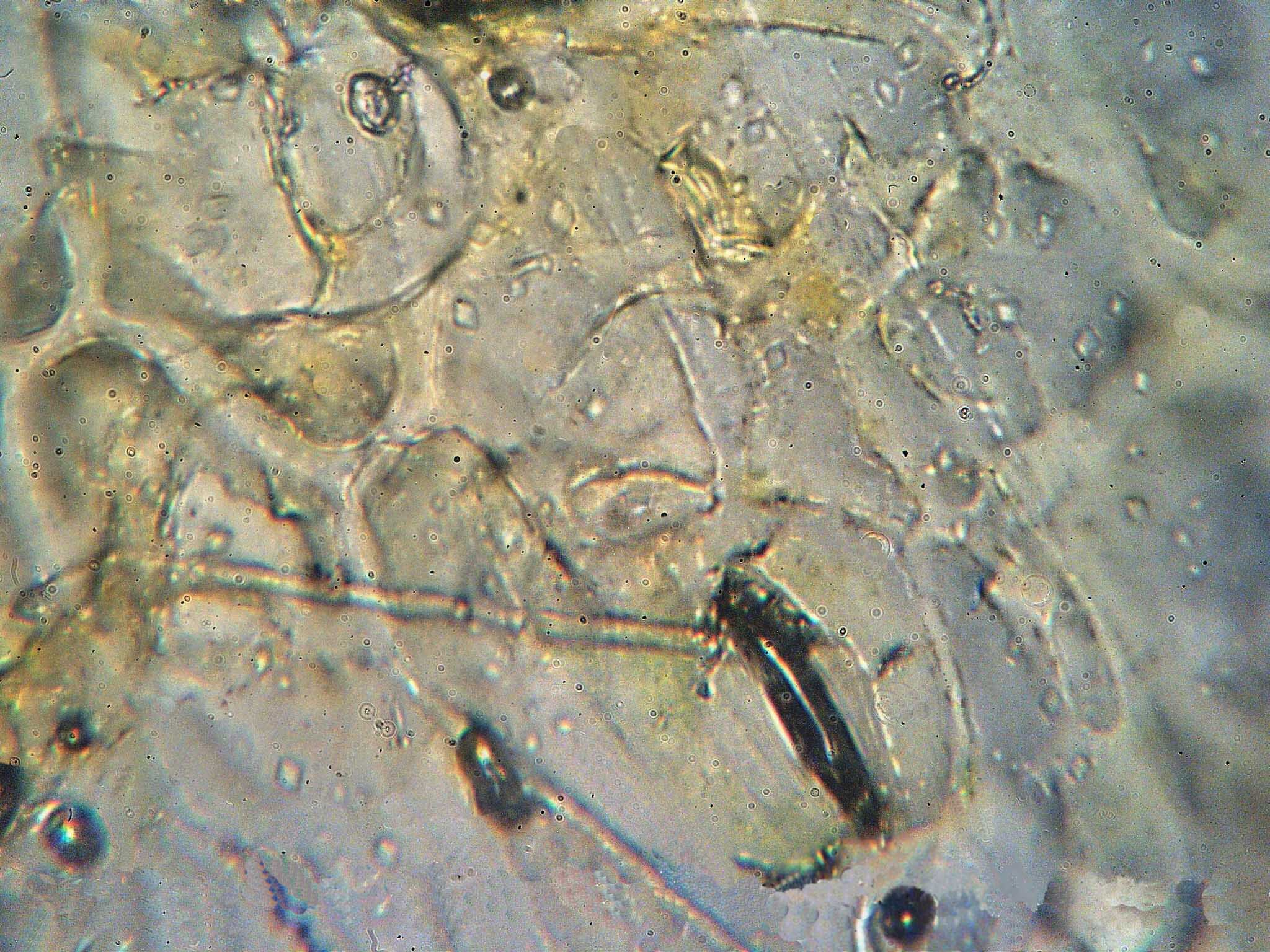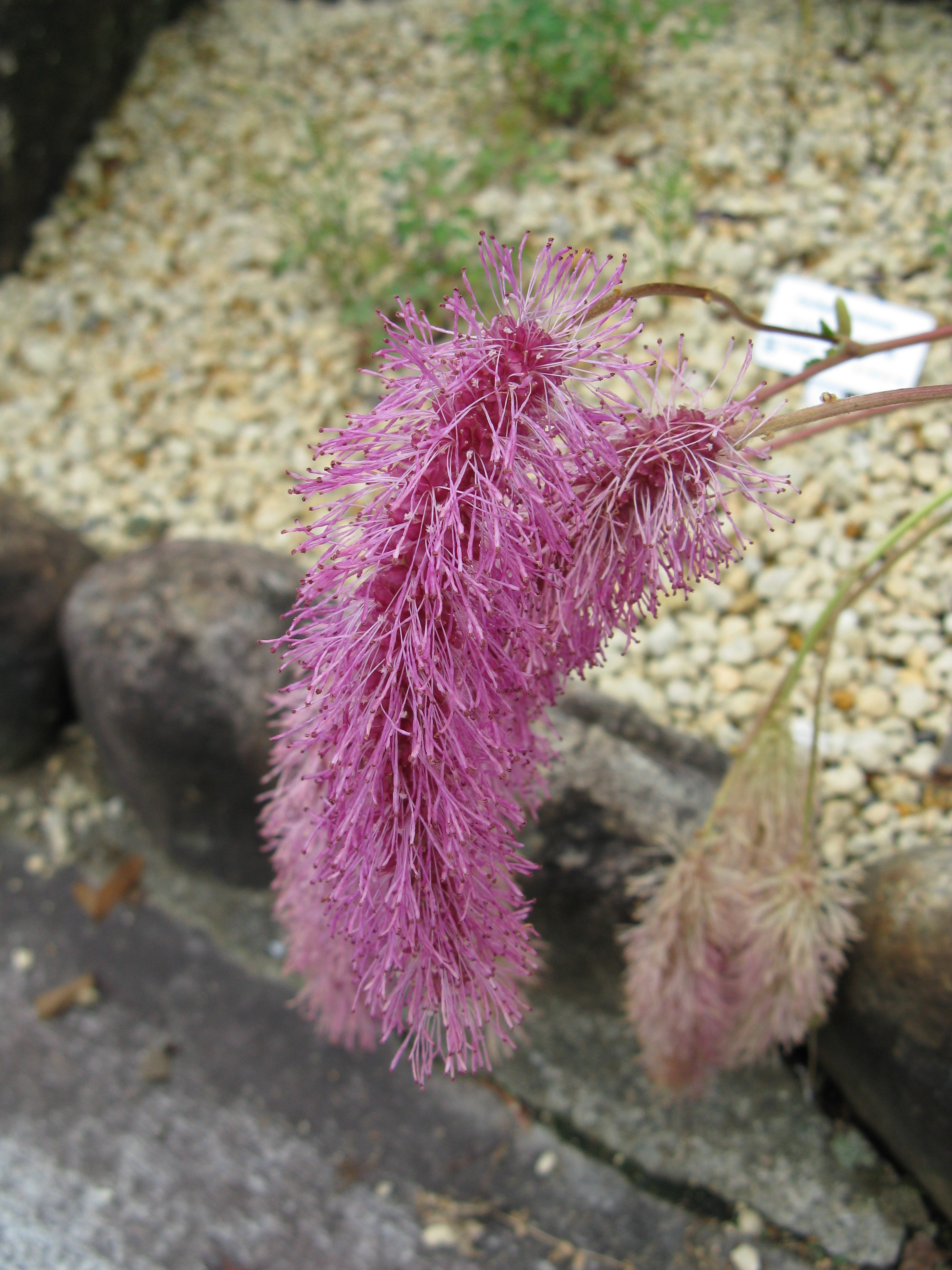|
Xenodochus (fungus)
''Xenodochus'' is a genus of rust fungus in the family Phragmidiaceae, containing the following species: * ''Xenodochus minor'' * ''Xenodochus carbonarius'', Schltdl., 1826 (Great Burnet Rust) Both species parasitise members of the Rose family in the genus Sanguisorba, but the genus has a highly discontinuous distribution, with X. minor known from sub-arctic Alaska and X. carbonarius from Europe Europe is a large peninsula conventionally considered a continent in its own right because of its great physical size and the weight of its history and traditions. Europe is also considered a subcontinent of Eurasia and it is located enti .... References External links * Pucciniales {{Basidiomycota-stub ... [...More Info...] [...Related Items...] OR: [Wikipedia] [Google] [Baidu] |
Fungus
A fungus (plural, : fungi or funguses) is any member of the group of Eukaryote, eukaryotic organisms that includes microorganisms such as yeasts and Mold (fungus), molds, as well as the more familiar mushrooms. These organisms are classified as a Kingdom (biology), kingdom, separately from the other eukaryotic kingdoms, which by one traditional classification include Plantae, Animalia, Protozoa, and Chromista. A characteristic that places fungi in a different kingdom from plants, bacteria, and some protists is chitin in their cell walls. Fungi, like animals, are heterotrophs; they acquire their food by absorbing dissolved molecules, typically by secreting digestive enzymes into their environment. Fungi do not photosynthesize. Growth is their means of motility, mobility, except for spores (a few of which are flagellated), which may travel through the air or water. Fungi are the principal decomposers in ecological systems. These and other differences place fungi in a single gro ... [...More Info...] [...Related Items...] OR: [Wikipedia] [Google] [Baidu] |
Basidiomycota
Basidiomycota () is one of two large divisions that, together with the Ascomycota, constitute the subkingdom Dikarya (often referred to as the "higher fungi") within the kingdom Fungi. Members are known as basidiomycetes. More specifically, Basidiomycota includes these groups: mushrooms, puffballs, stinkhorns, bracket fungi, other polypores, jelly fungi, boletes, chanterelles, earth stars, smuts, bunts, rusts, mirror yeasts, and ''Cryptococcus'', the human pathogenic yeast. Basidiomycota are filamentous fungi composed of hyphae (except for basidiomycota-yeast) and reproduce sexually via the formation of specialized club-shaped end cells called basidia that normally bear external meiospores (usually four). These specialized spores are called basidiospores. However, some Basidiomycota are obligate asexual reproducers. Basidiomycota that reproduce asexually (discussed below) can typically be recognized as members of this division by gross similarity to others, by the form ... [...More Info...] [...Related Items...] OR: [Wikipedia] [Google] [Baidu] |
Pucciniomycetes
The Pucciniomycetes (formerly known as the Urediniomycetes) are a class of fungi in the Pucciniomycotina subdivision of the Basidiomycota. The class contains 5 orders, 21 families, 190 genera, and 8016 species. It includes several important plant pathogens causing forms of fungal rust. Characteristics Pucciniomycetes develop no basidiocarp, karyogamy occurs in a thick-walled resting spore ( teliospore), and meiosis occurs upon germination of teliospore. They have simple septal pores without membrane caps and disc-like spindle pole bodies. Except for a few species, the basidia, when present, are transversally septate. Mannose is the major cell wall carbohydrate, glucose, fucose and rhamnose Rhamnose (Rha, Rham) is a naturally occurring deoxy sugar. It can be classified as either a methyl-pentose or a 6-deoxy-hexose. Rhamnose predominantly occurs in nature in its L-form as L-rhamnose (6-deoxy-L-mannose). This is unusual, since most o ... are the less prevalent ne ... [...More Info...] [...Related Items...] OR: [Wikipedia] [Google] [Baidu] |
Pucciniales
Rusts are plant diseases caused by pathogenic fungi of the order Pucciniales (previously known as Uredinales). An estimated 168 rust genera and approximately 7,000 species, more than half of which belong to the genus ''Puccinia'', are currently accepted. Rust fungi are highly specialized plant pathogens with several unique features. Taken as a group, rust fungi are diverse and affect many kinds of plants. However, each species has a very narrow range of hosts and cannot be transmitted to non-host plants. In addition, most rust fungi cannot be grown easily in pure culture. A single species of rust fungi may be able to infect two different plant hosts in different stages of its life cycle, and may produce up to five morphologically and cytologically distinct spore-producing structures viz., spermogonia, aecia, uredinia, telia, and basidia in successive stages of reproduction. Each spore type is very host specific, and can typically infect only one kind of plant. Rust fungi a ... [...More Info...] [...Related Items...] OR: [Wikipedia] [Google] [Baidu] |
Phragmidiaceae
The Phragmidiaceae are a family of rust fungi in the order Pucciniales. The family contains 14 genera and 164 species. Genera *'' Arthuriomyces'' *'' Frommeella'' *''Gerwasia'' *'' Gymnoconia'' *'' Hamaspora'' *'' Joerstadia'' *'' Kuehneola'' *'' Mainsia'' *'' Morispora'' *''Phragmidium ''Phragmidium '' is a genus of rust fungus that typically infects plant species in the family Rosaceae. It is characterised by having stalked teliospores borne on telia each having a row of four or more cells. All species have a caeoma which is ...'' *'' Physonema'' *'' Scutelliformis'' *'' Trachyspora'' *'' Xenodochus'' References External links * Pucciniales Basidiomycota families Taxa named by August Carl Joseph Corda Taxa described in 1837 {{Basidiomycota-stub ... [...More Info...] [...Related Items...] OR: [Wikipedia] [Google] [Baidu] |
Diederich Franz Leonhard Von Schlechtendal
Diederich Franz Leonhard von Schlechtendal (27 November 1794, Xanten – 12 October 1866, Halle) was a German botanist. He studied in Berlin, in 1819 becoming curator of the Royal Herbarium. He was a professor of botany and director of the Botanical Gardens at the Martin Luther University of Halle-Wittenberg from 1833 until his death in 1866. The genus '' Schlechtendalia'' (Asteraceae), from Brazil, Uruguay and Argentina, was named in his honor. He was editor of the botanical journal ''Linnaea'' (from 1826), and with Hugo von Mohl (1805-1872), was publisher of the ''Botanischen Zeitung'' (from 1843). He conducted important investigations of the then largely unknown flora of Mexico, carried out in conjunction with Adelbert von Chamisso (1781-1838), and based on specimens collected by Christian Julius Wilhelm Schiede (1798-1836) and Ferdinand Deppe (1794-1861). Schlechtendal was a critic of Darwinism but accepted a limited form of evolution. He advocated a form common desc ... [...More Info...] [...Related Items...] OR: [Wikipedia] [Google] [Baidu] |
Rust Fungus
Rusts are plant diseases caused by pathogenic fungi of the order Pucciniales (previously known as Uredinales). An estimated 168 rust genera and approximately 7,000 species, more than half of which belong to the genus ''Puccinia'', are currently accepted. Rust fungi are highly specialized plant pathogens with several unique features. Taken as a group, rust fungi are diverse and affect many kinds of plants. However, each species has a very narrow range of hosts and cannot be transmitted to non-host plants. In addition, most rust fungi cannot be grown easily in pure culture. A single species of rust fungi may be able to infect two different plant hosts in different stages of its life cycle, and may produce up to five morphologically and cytologically distinct spore-producing structures viz., spermogonia, aecia, uredinia, telia, and basidia in successive stages of reproduction. Each spore type is very host specific, and can typically infect only one kind of plant. Rust fungi a ... [...More Info...] [...Related Items...] OR: [Wikipedia] [Google] [Baidu] |
Xenodochus Minor
''Xenodochus'' as a genus Genus ( plural genera ) is a taxonomic rank used in the biological classification of extant taxon, living and fossil organisms as well as Virus classification#ICTV classification, viruses. In the hierarchy of biological classification, genus com ... name may refer to: * '' Meroctenus'', a genus of beetles formerly called ''Xenodochus''. * Xenodochus (fungus) {{Genus disambiguation ... [...More Info...] [...Related Items...] OR: [Wikipedia] [Google] [Baidu] |
Rosaceae
Rosaceae (), the rose family, is a medium-sized family of flowering plants that includes 4,828 known species in 91 genera. The name is derived from the type genus ''Rosa''. Among the most species-rich genera are '' Alchemilla'' (270), '' Sorbus'' (260), '' Crataegus'' (260), '' Cotoneaster'' (260), '' Rubus'' (250), and '' Prunus'' (200), which contains the plums, cherries, peaches, apricots, and almonds. However, all of these numbers should be seen as estimates—much taxonomic work remains. The family Rosaceae includes herbs, shrubs, and trees. Most species are deciduous, but some are evergreen. They have a worldwide range but are most diverse in the Northern Hemisphere. Many economically important products come from the Rosaceae, including various edible fruits, such as apples, pears, quinces, apricots, plums, cherries, peaches, raspberries, blackberries, loquats, strawberries, rose hips, hawthorns, and almonds. The family also includes popular ornamental trees and ... [...More Info...] [...Related Items...] OR: [Wikipedia] [Google] [Baidu] |
Sanguisorba
''Sanguisorba'' is a genus of flowering plants in the family Rosaceae native to the temperate regions of the Northern Hemisphere. The common name is burnet. Description The plants are herbaceous perennials or small shrubs. The stems grow to 50–200 cm tall and have a cluster of basal leaves, with further leaves arranged alternately up the stem. The leaves are pinnate, 5–30 cm long, with 7-25 leaflets, the leaflets with a serrated margin. Young leaves grow from the crown in the center of the plant. The flowers are small, produced in dense clusters 5–20 mm long; each flower has four very small petals, white to red in colour. Species The following species are accepted: *''Sanguisorba albanica'' András. & Jáv. *'' Sanguisorba albiflora'' (Makino) Makino *''Sanguisorba alpina'' Bunge *''Sanguisorba ancistroides'' (Desf.) Ces. *'' Sanguisorba annua'' (Nutt. ex Hook.) Torr. & A.Gray – annual burnet, prairie burnet, western burnet *'' Sanguisorba applanata'' T.T ... [...More Info...] [...Related Items...] OR: [Wikipedia] [Google] [Baidu] |
Alaska
Alaska ( ; russian: Аляска, Alyaska; ale, Alax̂sxax̂; ; ems, Alas'kaaq; Yup'ik: ''Alaskaq''; tli, Anáaski) is a state located in the Western United States on the northwest extremity of North America. A semi-exclave of the U.S., it borders the Canadian province of British Columbia and the Yukon territory to the east; it also shares a maritime border with the Russian Federation's Chukotka Autonomous Okrug to the west, just across the Bering Strait. To the north are the Chukchi and Beaufort Seas of the Arctic Ocean, while the Pacific Ocean lies to the south and southwest. Alaska is by far the largest U.S. state by area, comprising more total area than the next three largest states ( Texas, California, and Montana) combined. It represents the seventh-largest subnational division in the world. It is the third-least populous and the most sparsely populated state, but by far the continent's most populous territory located mostly north of the 60th paralle ... [...More Info...] [...Related Items...] OR: [Wikipedia] [Google] [Baidu] |





